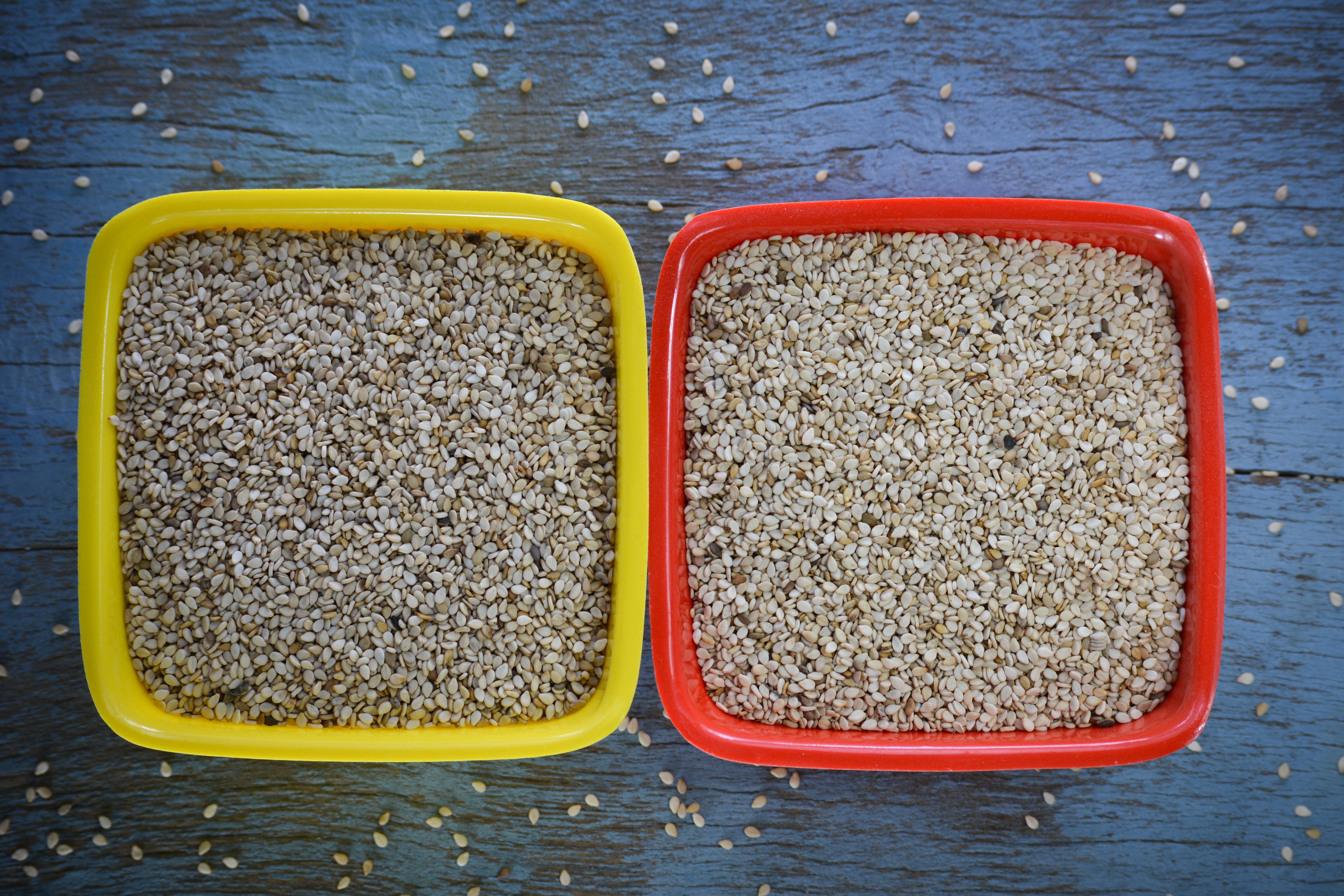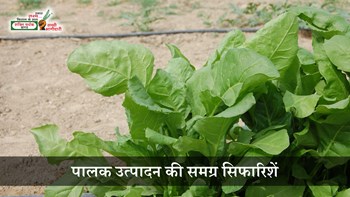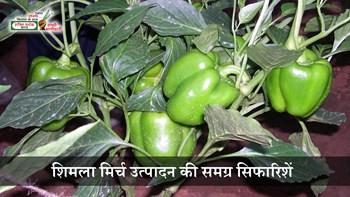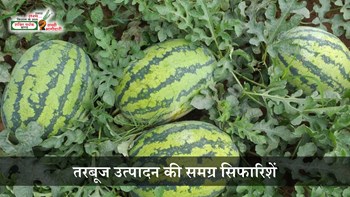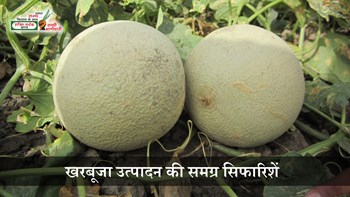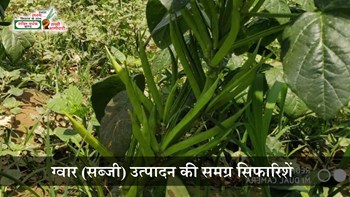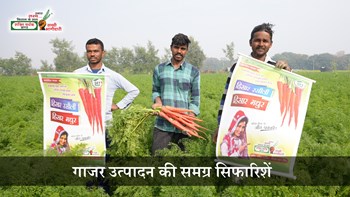For farmers, the success of any cropping season starts with the seed. Genuine, high-quality seeds ensure better germination, stronger plants, resistance to pests and diseases, and ultimately, higher yields. Conversely, fake or poor-quality seeds can lead to crop failure, financial losses, and wasted labor. Being able to differentiate between genuine and fake seeds is, therefore, an essential skill for any farmer.
The first step to ensuring seed quality is to always purchase from reputable sources. Certified dealers, licensed agro-input shops, and authorized seed companies are generally reliable because they operate under regulations that guarantee seed quality. Buying seeds from unverified vendors or informal markets carries a high risk, as there is no assurance of what you are getting.
A good indicator of genuine seed is the condition of the packaging. Authentic seeds usually come in sealed, tamper-proof bags or containers. Before purchasing, farmers should examine the packaging to ensure it has not been opened or resealed. Legitimate companies often use branded packaging that carries clear labels and recognizable logos. Any sign of tampering or damaged packaging should raise a red flag.
The label on the seed packet is another crucial checkpoint. Genuine seed packets will provide detailed information, including the crop variety name, seed lot number, germination rate, net weight, packaging date, expiry date, and certification details. This information reflects the seed’s identity and quality assurance. If any of these details are missing, blurred, inconsistent, or suspicious, farmers should think twice before buying.
Certification and seals from regulatory bodies further confirm the authenticity of seeds. Certified seeds typically have an official certification tag or seal, indicating that they have passed quality tests. In many regions, these may also include holograms, QR codes, or barcodes that can be scanned to verify authenticity. Farmers should always look out for these indicators when purchasing seed.
Conducting a small germination test before planting a large area is a simple yet effective way to assess seed quality. This involves placing a handful of seeds on a moist paper towel and keeping them in a warm, shaded area for about a week. If most of the seeds sprout within that period, it is a good sign that the batch is genuine and viable.
Physical inspection of the seeds themselves can also provide useful clues. High-quality seeds are generally uniform in size, shape, and color. They should be clean and free from debris, stones, mold, or insect damage. Seeds that appear shriveled, discolored, broken, or unusually lightweight are often signs of poor quality or old age.
If uncertainty still remains, farmers should not hesitate to consult local agricultural extension officers or experienced fellow farmers. These experts can help identify dubious seed batches and often have knowledge of trustworthy suppliers in the area. Additionally, it is wise for farmers to keep records of their purchases, including receipts, packaging labels, and supplier contact details. These documents can be invaluable if any issues arise after planting.
In conclusion, protecting one’s investment and ensuring a good harvest starts with careful seed selection. By paying close attention to the source, packaging, labeling, certification, and physical characteristics of the seeds, farmers can reduce the risk of buying fake seeds and set the stage for a productive farming season. Quality seed is not just an input; it is the cornerstone of agricultural success.
